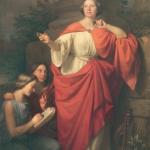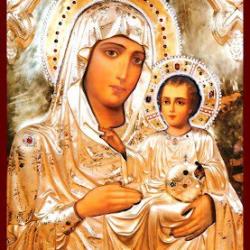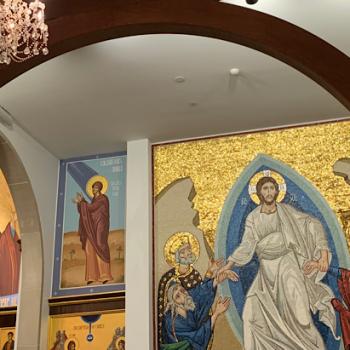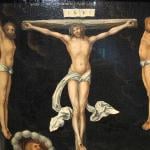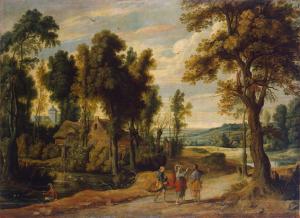 Jesus was the master teacher, better at “Socratic dialogue” than Socrates. The Athenians began with (mostly) rich young men in one of the most educated cities in the Mediterranean world. Jesus walked with a much more diverse group of disciples, men, and women, rich and poor, and made them world changers. Socrates educated Plato, but the Lord Jesus walked with His students and gave Himself to them.
Jesus was the master teacher, better at “Socratic dialogue” than Socrates. The Athenians began with (mostly) rich young men in one of the most educated cities in the Mediterranean world. Jesus walked with a much more diverse group of disciples, men, and women, rich and poor, and made them world changers. Socrates educated Plato, but the Lord Jesus walked with His students and gave Himself to them.
Jesus created the Apostles: renewed them by allowing them to choose to become different than they had been.
Jesus would not dispense easy answers that cut off learning, even waiting until the moment that a deeper understanding was possible. In John 6, Jesus feeds people. They eat the good food He provides and want more.
The Teacher says something shocking. He points to Himself. Jesus tells his listeners that they must “eat his flesh and drink His blood.”
They did not understand. His critics, who do not wish to learn, only find a pretext to reject Him and withdraw. Many of His disciples leave as well because Jesus was urging His students into a relationship with Him and they did not wish anything so difficult. Jesus wishes everyone to be “taught by God.”
This is a chance to dialogue with God.
His apostles do not understand, but they stay. When He asks them if they will leave, Peter says what every true student must when the lesson is hard to understand or even seemingly repulsive: “Lord, to whom shall we go? Your words are words of eternal life. We believe and know that you are God’s Holy One.”
Jesus looks at these disciples and the text reveals that even then He knew one of them would betray Him. Judas would desire the beauty of money, thirty pieces of silver, that he thinks he can possess but ends up possessing him.
On the road to Emmaus, the newly risen Lord Jesus came to two of His followers. They were going home in anguish. Jesus loved his friends and could have met their immediate need. He wished them to be happy, but He hid himself.
Why?
Scriptures say the two disciples were communing, talking, arguing with each other about all that had happened. They were trying to make sense of what they had believed about Jesus and what had happened. If Jesus had appeared, then dialogue would have ended immediately. The overwhelming sight of their dead teacher alive would have ended any act but worship. Jesus was the greatest teacher and so He wanted these two students to understand and then to see. He wanted to meet their deep intellectual need, clear up confusions about Scriptures and history.
Jesus asked them a question! He kept the argument going. He asked them, ‘What is it you are debating as you walk?’ Jesus lets them say things that are muddled. He teaches them. The Master Teacher meets them where they are, does not shut down their reason, but teaches them. They need to see Him alive, but not until they can better understand what this life means.
When the time came, Jesus revealed Himself to them in the breaking of the bread.
When I was a boy, I wondered why the Gospel writer did not include the teachings from the conversation. I wanted to know the details! One day while reading, I realized that Jesus wanted to walk with us (with anyone who would talk) and teach us. He did not wish to short circuit the process! We have our own questions, not exactly like those of Cleopas and his friend. We must break bread with Him ourselves.
The Creator of the cosmos, the maker of every beauty that was, is, or will be, shows Himself in the mysteries of the Lord’s supper. This splendid vision is the true light and by that light we see beauty rightly.


